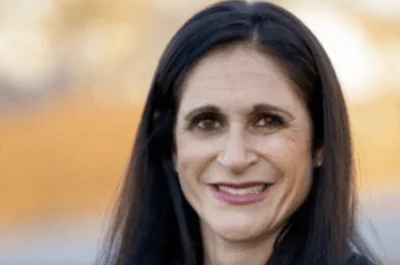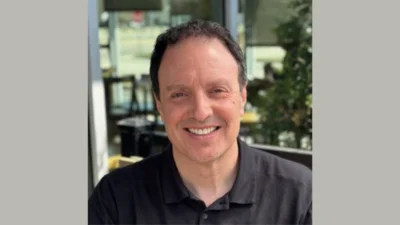Dona Smith experienced chest pain and shortness of breath for 20 years. At times it was so severe, it would stop her in her tracks. She had two heart surgeries, was prescribed inhalers for asthma and took numerous medications. However, nothing seemed to address the breathing discomfort until she underwent a multidisciplinary examination at the dyspnea clinic at Northwestern Medicine Central DuPage Hospital.
Dyspnea, which is labored or difficult breathing, can have many causes. The dyspnea clinic at Northwestern Medicine Central DuPage Hospital was developed specifically to help patients who, despite numerous tests and interventions, still don’t have an answer for what is causing their shortness of breath.
A Team Approach
“We know patients who have unexplained shortness of breath after a preliminary workup often struggle for a long time without getting a diagnosis to explain their symptoms,” said Nauman Mushtaq, MD, medical director of Cardiology for Northwestern Medicine Bluhm Cardiovascular Institute at Central DuPage Hospital, Delnor Hospital and Kishwaukee Hospital. “These patients may be really sick and have been bouncing among specialists to try to figure out what is wrong. Our clinic brings many experts together to get to the heart of the problem,” he said.
Physicians who specialize in general cardiology, heart failure, interventional cardiology, heart rhythm disorders, pulmonology and imaging, along with staff in the cardiac catheterization and respiratory labs, come together to discuss clinical cases and develop a plan to evaluate patients with unexplained shortness of breath.
Innovative Diagnostic Testing
A key component of the clinic evaluation is the invasive cardiopulmonary exercise (iCPET) testing program. The test happens inside an interventional lab so that cardiovascular, respiratory and metabolic function can be assessed simultaneously during the exercise.
The patient completes a stress test on a bicycle with an electrocardiogram monitor. But it is no ordinary stress test. A catheter is placed in the pulmonary artery through the neck, and a mask is placed over the nose and mouth to measure gas analysis and respiratory mechanics. A team of experts that include an interventional cardiologist, exercise physiologist, respiratory therapist and others monitors the patient.
“People may have multiple reasons that partially explain the shortness of breath. They could have underlying lung and heart disease, but you don’t know which component is the problem,” says Dr. Mushtaq. “Respiration, gas transport to the tissues and pushing out CO2 requires a great deal of coordination within the body. Testing these functions together helps us discover the limiting factor that is causing the symptoms.”
Long-Awaited Answers
Dona Smith says she jumped at the chance to get the test done. It revealed she had exercise-induced heart failure due to hypertrophic cardiomyopathy, even though everything looked good at rest. Dr. Mushtaq adjusted her medications, and Smith is now back to taking long walks with her family.
“For so many years I was frustrated, sitting in doctors’ offices in tears because I knew I wasn’t fine,” said Smith. “It was very clarifying to find out exactly what was going on with my heart. Now I can walk without the fear of going into cardiac arrest.”






 Alerts Sign-up
Alerts Sign-up